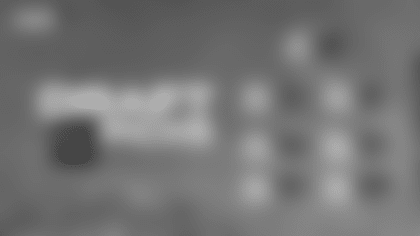This isn't a good draft for offensive linemen, and that may factor into the decision the Broncos make with the No. 20 pick in the first round, NFL Network analyst Mike Mayock said during an extensive conference call with media from around the continent Monday.
"This is a really bad offensive tackle class," he said, citing only two tackles -- Wisconsin's Ryan Ramczyk and Utah's Garett Bolles -- as potential first-rounders. Mayock said he sees Alabama's Cam Robinson as more of a guard prospect than a tackle.
"Put it this way: I think Ryan Ramczyk is the best tackle in the draft. And to tell you where this draft is for tackles, the two top guys -- Ramczyk and Garett Bolles from Utah -- are both one-year starters in major college football, which is kind of amazing," Mayock said. "I would say that if Ramczyk was in last year's draft, he would be the fourth or fifth [offensive tackle] taken.
"So I think Ramczyk and Bolles are going to get pushed up a little bit, just because there's a drop-off after them. I'm not sure either of them are going to be available at No. 20."
Mayock said he could "very easily" see the Broncos scouring free agency to pursue upgrades at offensive tackle, and that there was "a lot of depth" in free agency among interior offensive linemen. But if the Broncos want to import a new offensive tackle, he sees free agency as their best bet.
"Trying to get a starting tackle in this draft is going to be difficult," Mayock said, adding that Bolles was a "gifted kid that still needs to get stronger [and] had a bunch of off the-field stuff before you got to Utah."
The offensive-tackle class is so shallow this year that Mayock felt his No. 3 player at the position in this year's class, Troy's Antonio Garcia, would be a third-rounder "at best" most years. In 2017, he could sneak into Round 2.
"You've really got to do your homework on these tackles," Mayock said. "The tackle thing is really hard this year."
One reason for the lack of quality offensive tackles is the evolution in the styles of play at the college and NFL levels, which grow farther apart as the college ranks emphasize spread-based schemes that sometimes never have tackles lining up in three-point stances.
"We spend way too much time talking about how conversion is for quarterbacks, and not enough time talking about other positions, and one of them is tackle," Mayock said.
"And we've had a bunch of tackles over the last six or seven years that have either been busts, or have struggled to play until about the third year. I mean, Greg Robinson came out of Auburn, and he's as gifted a tackle as you can find, but he was never in the three-point stance in his life," Mayock continued, referring to the No. 2 overall pick in the 2014 draft by the then-St. Louis Rams.
The impact of the stylistic differences on quarterbacks has been well-documented, but its impact on tackles is also profound and has led to more draft misfires for tackles taken near the top of the draft in recent years than previous decades.
"I think two things happen to these guys," Mayock sad. "They're not used to the physicality of the NFL game from a three-point stance, and No. 2, they're not used to how complex the pass protections are. And I think it slows them all down."
The only prospects that tend to avoid this come from schools whose schemes are roughly analogous to those in the NFL, including 2016 first-rounders Taylor Decker (Ohio State, Detroit Lions) and Jack Conklin (Michigan State, Tennessee Titans).
"They're coming from more conventional offenses, and I think they've got a better chance of playing [from] Day One," Mayock said.

SO WHERE IS THE VALUE AT NO. 20?
Mayock sees inside linebacker as a position that could offer value at the Broncos' first-round slot, even though he expects Alabama's Reuben Foster to be off the board by then. Five-technique defensive linemen and wide receivers could also be possibilities.
"I think wide receiver makes a little bit of sense there," Mayock said. "I think they could use some depth behind those first two guys [Demaryius Thomas and Emmanuel Sanders].
"I think they're going to get in a situation where they're just going to have to find the best football player they can at No. 20."
When the notion of taking a tight end with the No. 20 pick arose, Mayock noted that the extreme quality and depth at the position this year ensures that the Broncos can wait for a later round to pick a quality tight end that can help Trevor Siemian and Paxton Lynch.
"I think the beauty of the tight end class this year is that it doesn't have to be at 20. It can be in the second round or the third round or maybe even the fourth round, depending on what kind of tight end you're really looking for at the end of the day," Mayock said.
"When you look at what the Broncos have had -- whether it's Virgil Green or [Jeff] Heuerman or whoever -- you're probably looking for one of those dynamic receiving types, and that helps a young quarterback. Whoever's starting for Denver, a good pass-receiving tight end who's a matchup nightmare can really help."
Mayock pointed to Mississippi's Evan Engram, South Alabama's Gerald Everett, Clemson's Jordan Leggett and Virginia Tech's Bucky Hodges as players that could be viable picks in the second and third rounds. He also noted Ashland's Adam Shaheen, "a small-school kid that's 277 pounds and catches the ball really well." Shaheen turned pro with a year of eligibility remaining.
Earlier in the conference call, Mayock touched on Toledo's Michael Roberts as another tight end for rounds 2-4, noting that Roberts needed to improve his blocking, but had potential.
"My point is not that I'm trying to throw a bunch of names at you, but it doesn't have to be the first round," Mayock said. "I think Denver can find a really good, viable option [at tight end] in the second, third or fourth [rounds], and you really need that with the young quarterbacks."
Take an in-depth look at Andrew Mason's evaluations of the potential draft prospects from the 2017 Senior Bowl who caught his eye through Day 3. (Photos by Andrew Mason)

Working from the left tackle spot, Western Kentucky's Forrest Lamp demonstrated good power, particularly on one Tuesday run play where he drove Alabama DE Dalvin Tomlinson inside, sealing the right side and allowing BYU running back Jamaal Williams to race through to the second level and beyond. Lamp has worked at both tackle and guard this week, and while his pass protection is a work in progress, he already looks to be a solid run blocker.
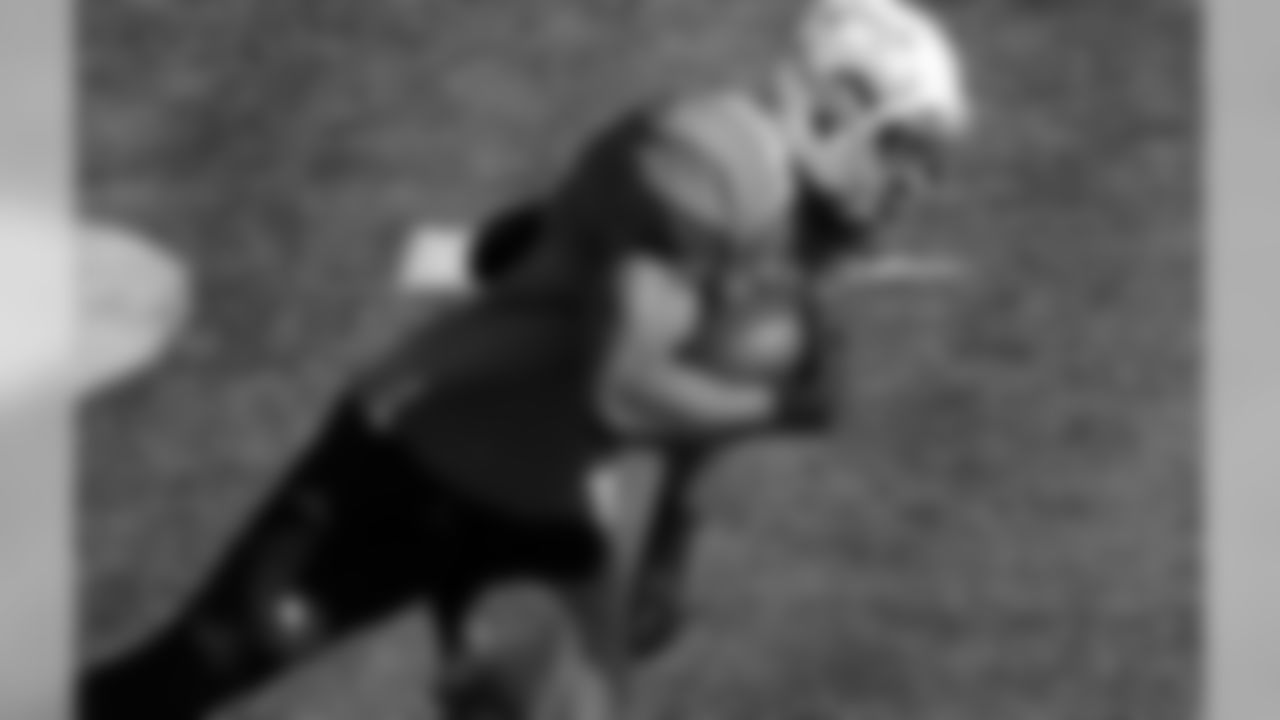
South Alabama tight end Gerald Everett made some good catches, but he shows just as much potential as a blocker. He set up one of N.C. State RB Matt Dayes' best runs this week by blocking out TCU's Josh Carraway, getting into his stance quickly to the point where Carraway could not budge him. Everett also showed the ability to make plays outside and downfield as a pass-catching target, and he helps ensure that this tight end class is the deepest in recent memory.
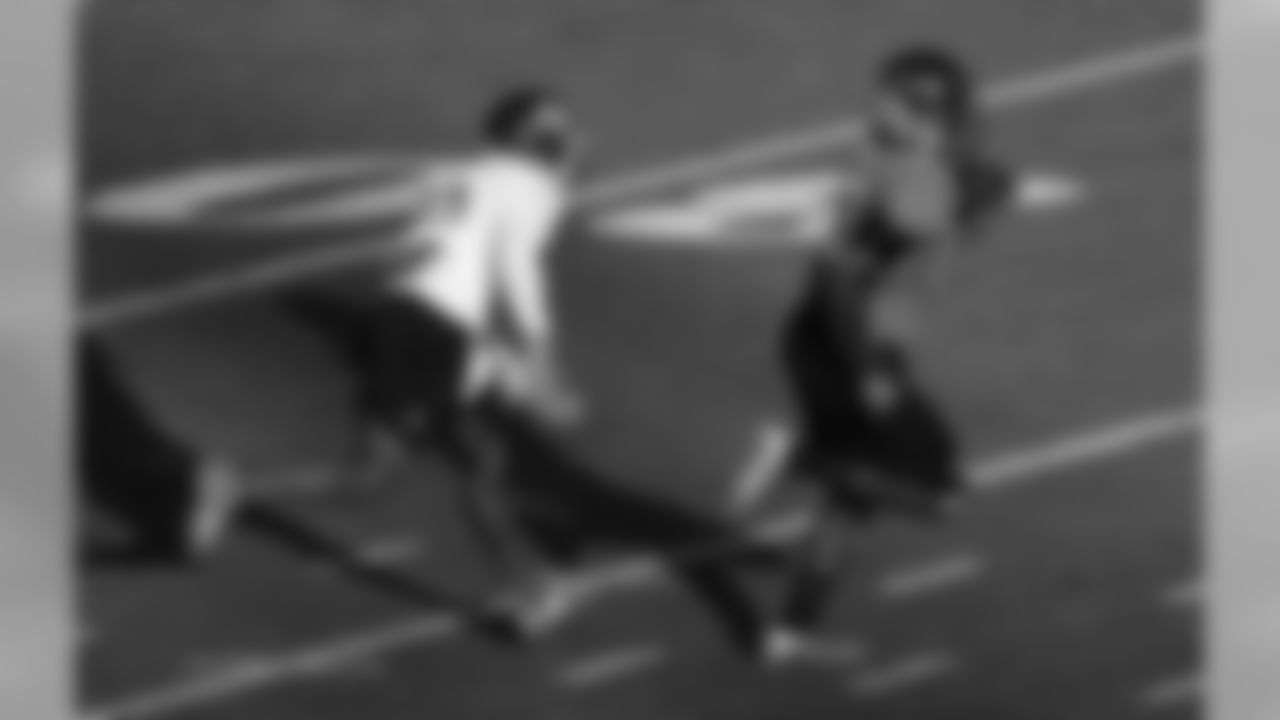
Another notable tight end is Toledo's Michael Roberts, who not only has the biggest hands of any player at the Senior Bowl (11 5/8 inches), but the ability to use them effectively and get out in space to make plays, as he does here working past Saint Frances safety Lorenzo Jerome.

North Carolina WR Ryan Switzer is a natural slot receiver at 5-foot-8 and 179 pounds; he has the necessary quickness and ability to use a juke of his shoulder to gain separation. But his ability to get cornerbacks out of position could also make him useful as an outside receiver who plays every down in every situation, not just in three-receiver formations.
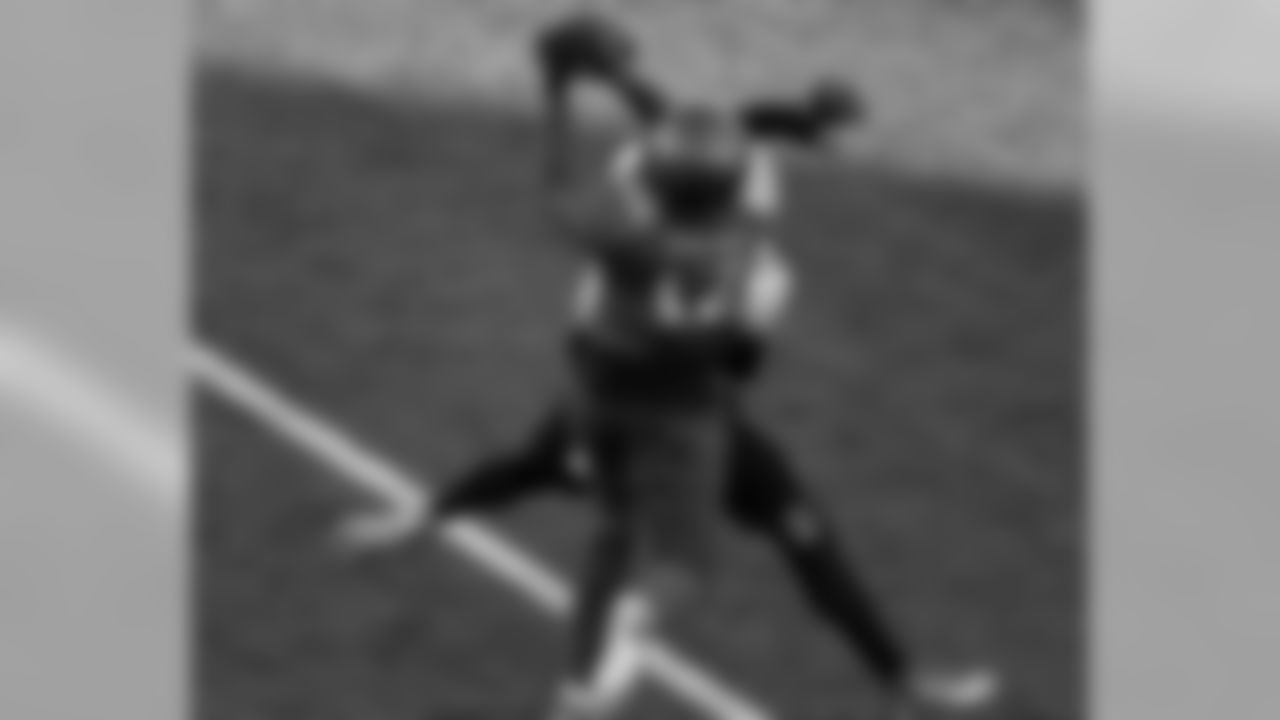
Syracuse WR Amba Etta-Tawo is a long, lean 198 pounds, and showed good body control on some of his receptions Tuesday, including this one where he leaped over Lamar cornerback Brendan Langley for a deep reception during North team practice.
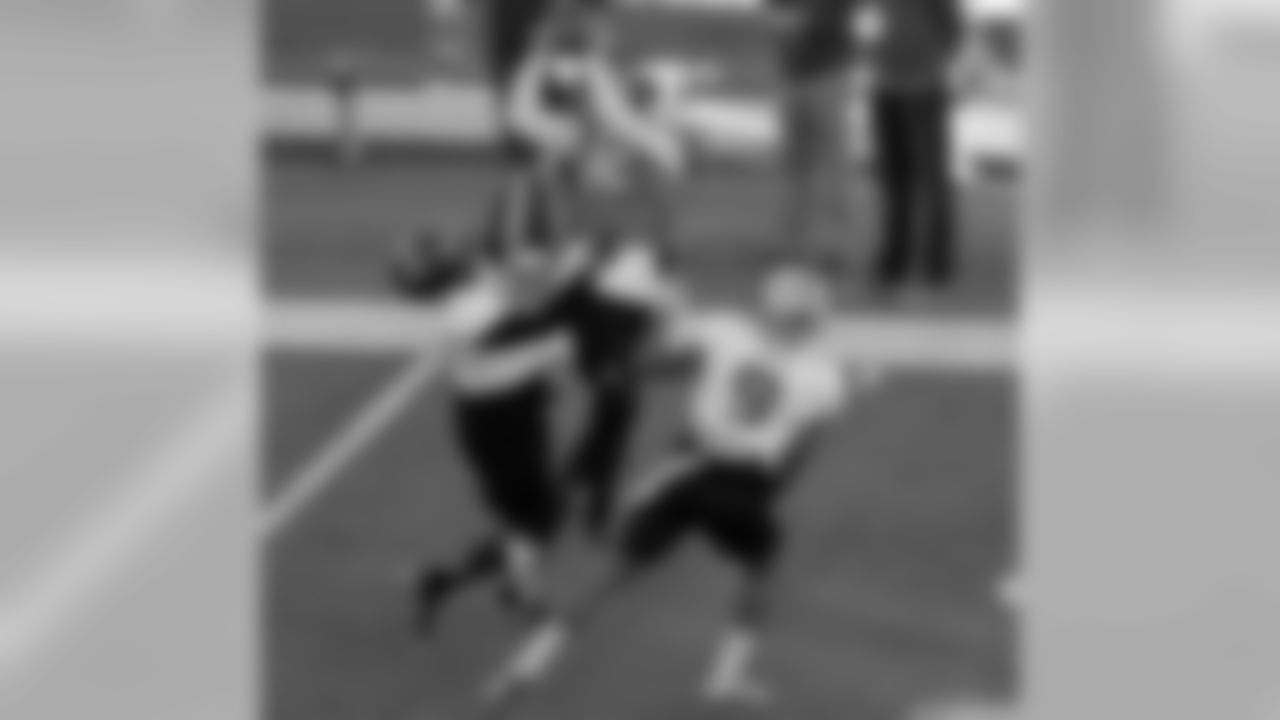
Louisville WR Jamari Staples has good body control and can work his way into position despite having tight coverage from a defender -- or in this case, two defenders. However, he needs to do a better job completing the catch; he failed to come down with this reception.
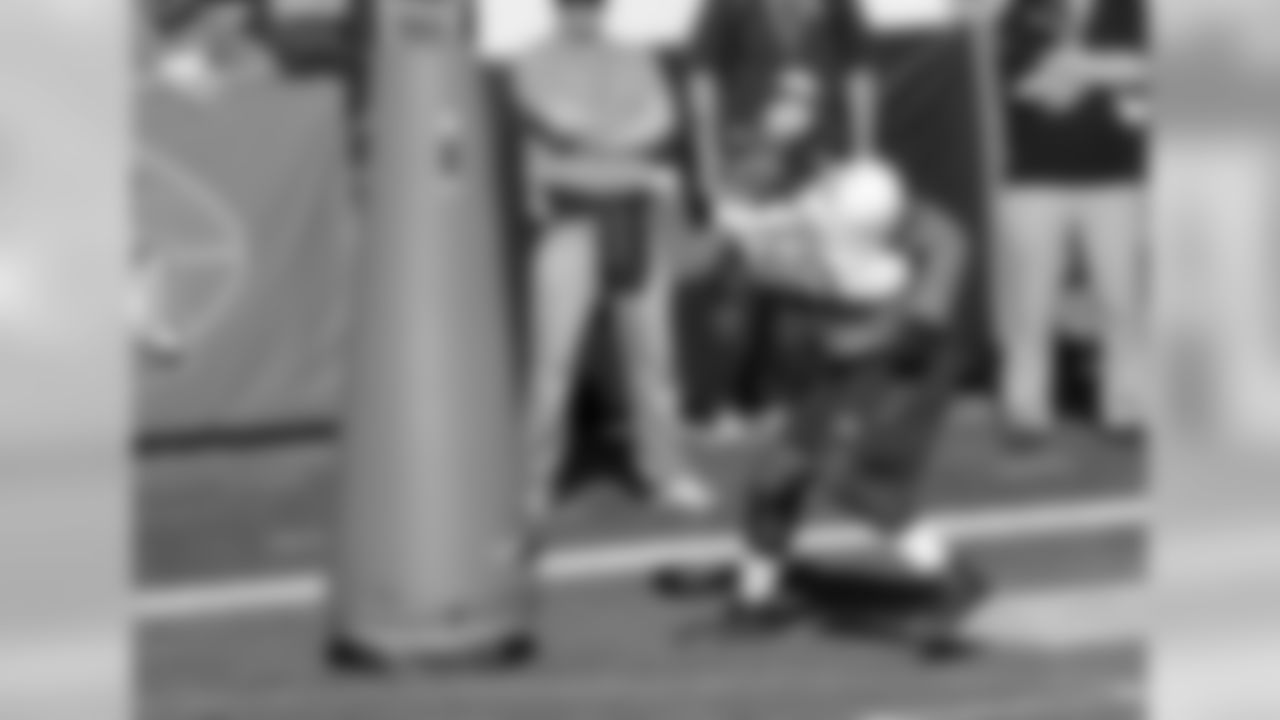
Texas A&M defensive lineman Daeshon Hall says he's talked with teams about a potential role in a 3-4 defense, even though his 6-foot-5, 265-pound frame would seem to make him a more ideal fit in a 4-3 alignment. Hall should be able to add bulk to his size, and did receive some three-technique work at times during his college career. He also practices with intensity; none of the South team defensive linemen made their tackling dummies hit the ground with as loud of a thwack as Hall did.
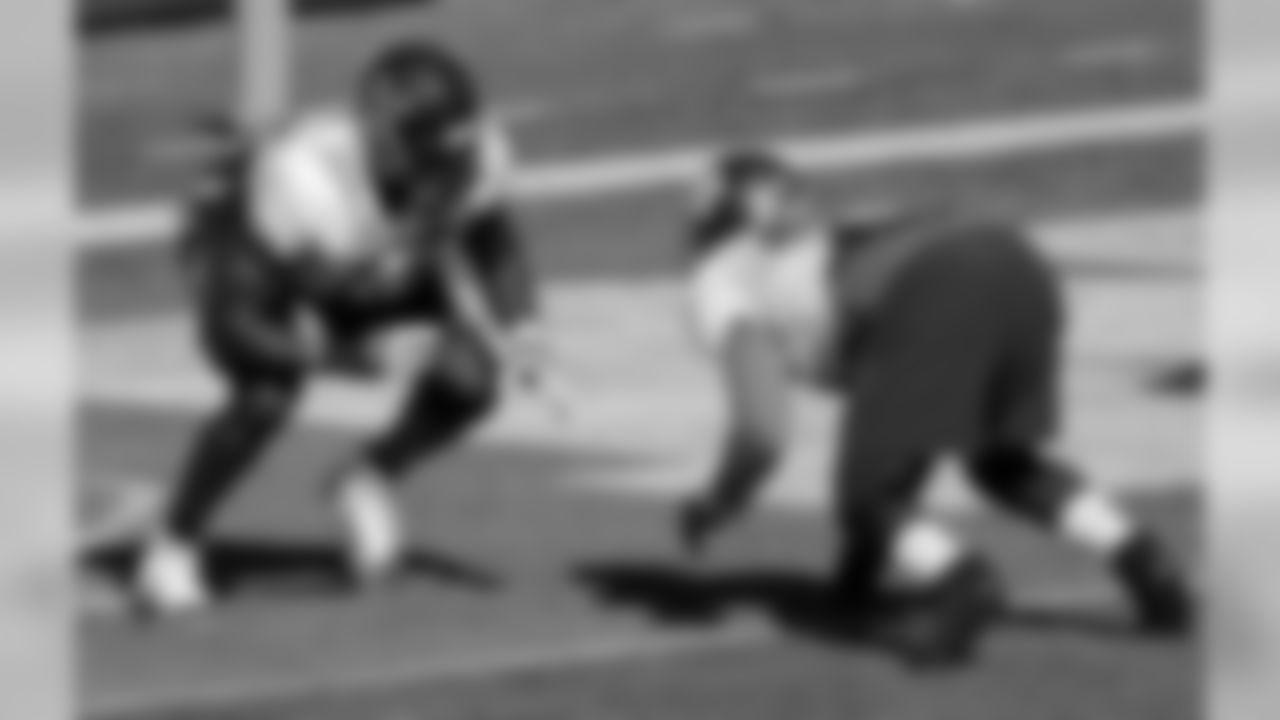
Villanova defensive end Tanoh Kpassagnon had some bursts into the backfield, but is still working on his consistency. The 6-foot-7 former FCS standout has plenty of tools, but also needs to strengthen his lower body; he weighs 280 pounds but looks like he could carry up to 300.
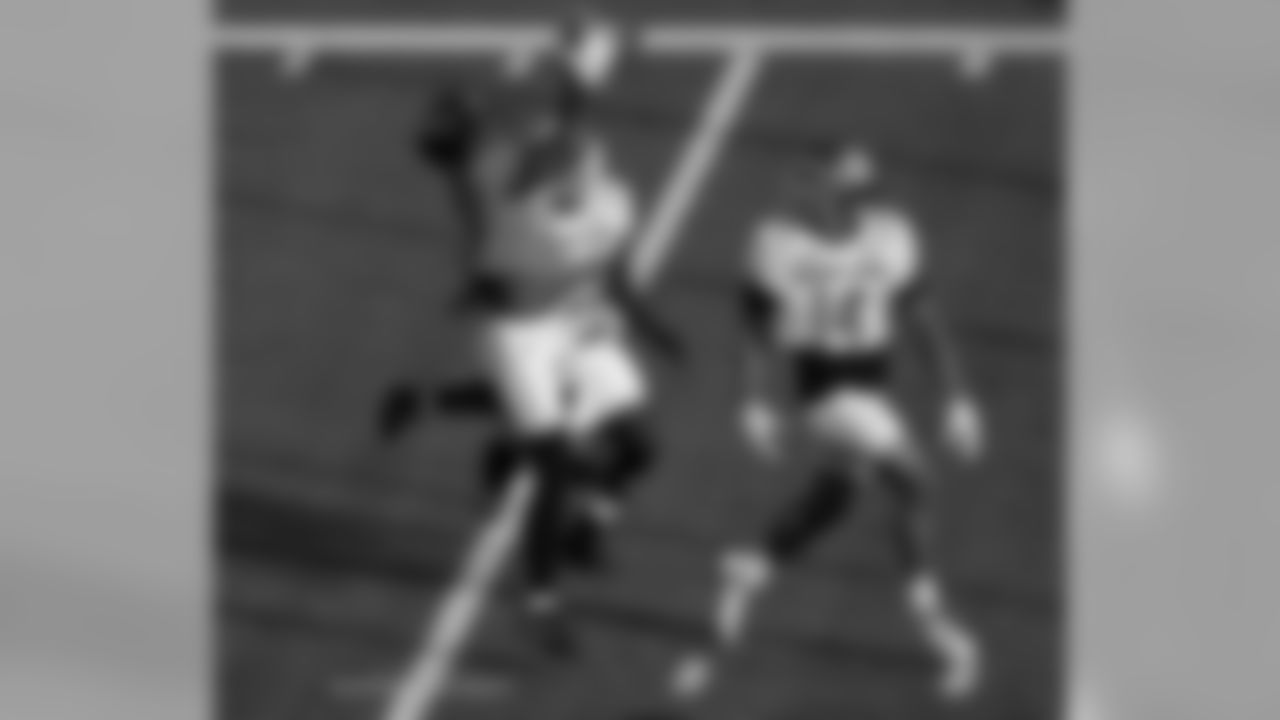
Grambling State wide receiver Chad Williams had some of the day's best receptions, showing good body control in mid-air to adjust to deep balls in one-on-one coverage.
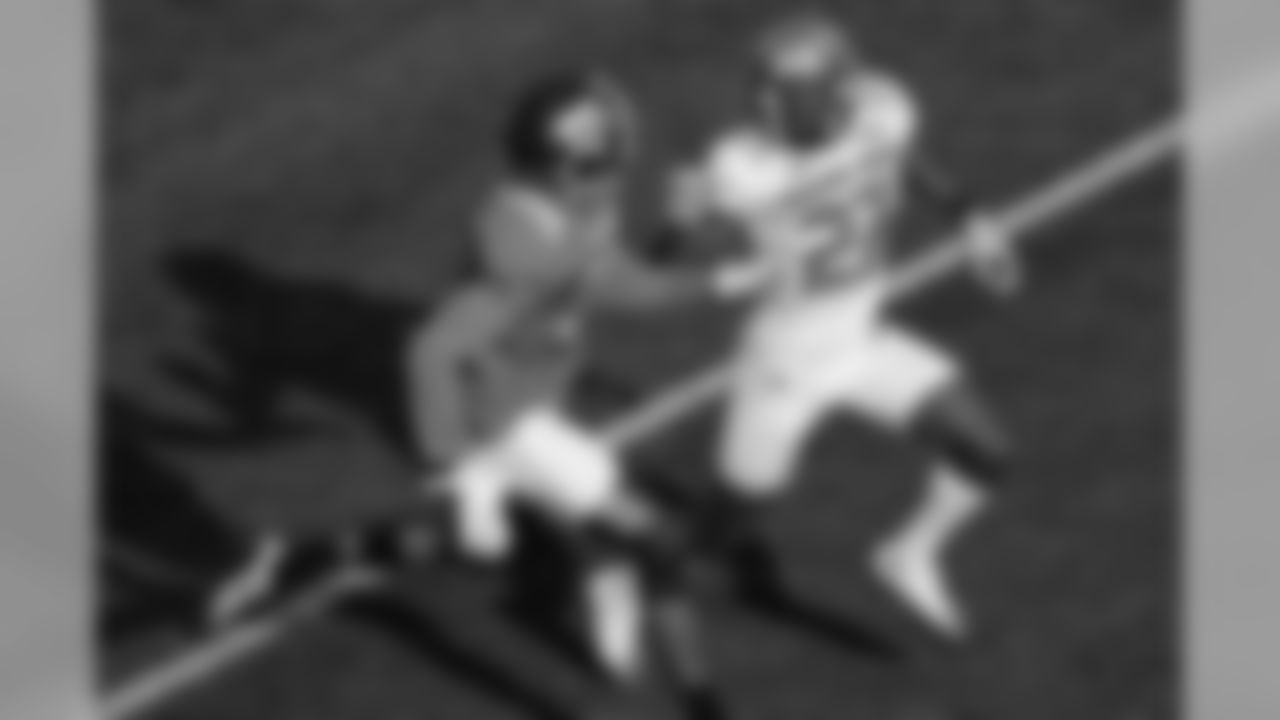
Texas A&M WR Josh Reynolds can make receptions in tight one-on-one coverage. Here, he doesn't get much sedation from Florida State's Marquez White, but does a good job adjusting to the flight of the football for a deep catch up the right sideline in a one-on-one period.

UCLA defensive tackle Eddie Vanderdoes showed enough spark in pass-rushing drills with an effective bull rush to draw double-teams during the team periods of Wednesday's practice. His persistence should earn him immediate playing time as a rookie as part of an interior rotation.
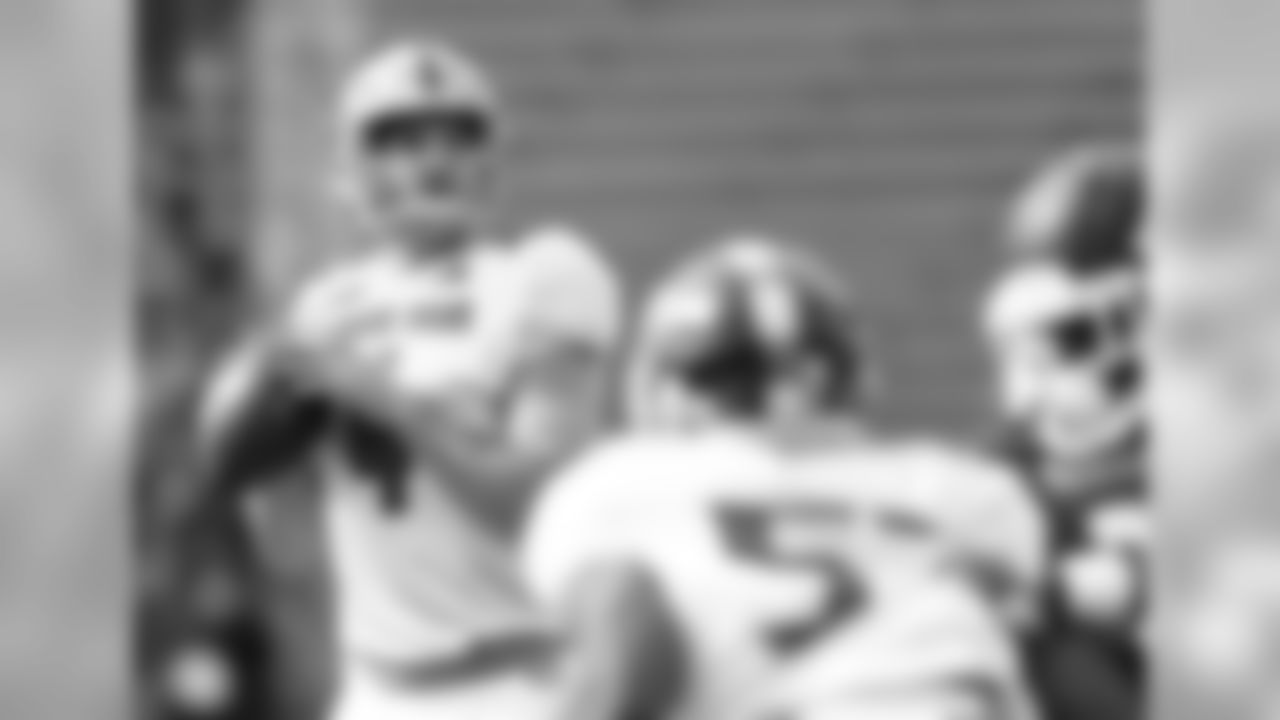
There isn't a Dak Prescott in the quarterbacks in Mobile, but Pitt's Nate Peterman of the North team looks like the highest pick of the six passers here -- and is the most accurate on deep passes, including work on one-on-one periods.
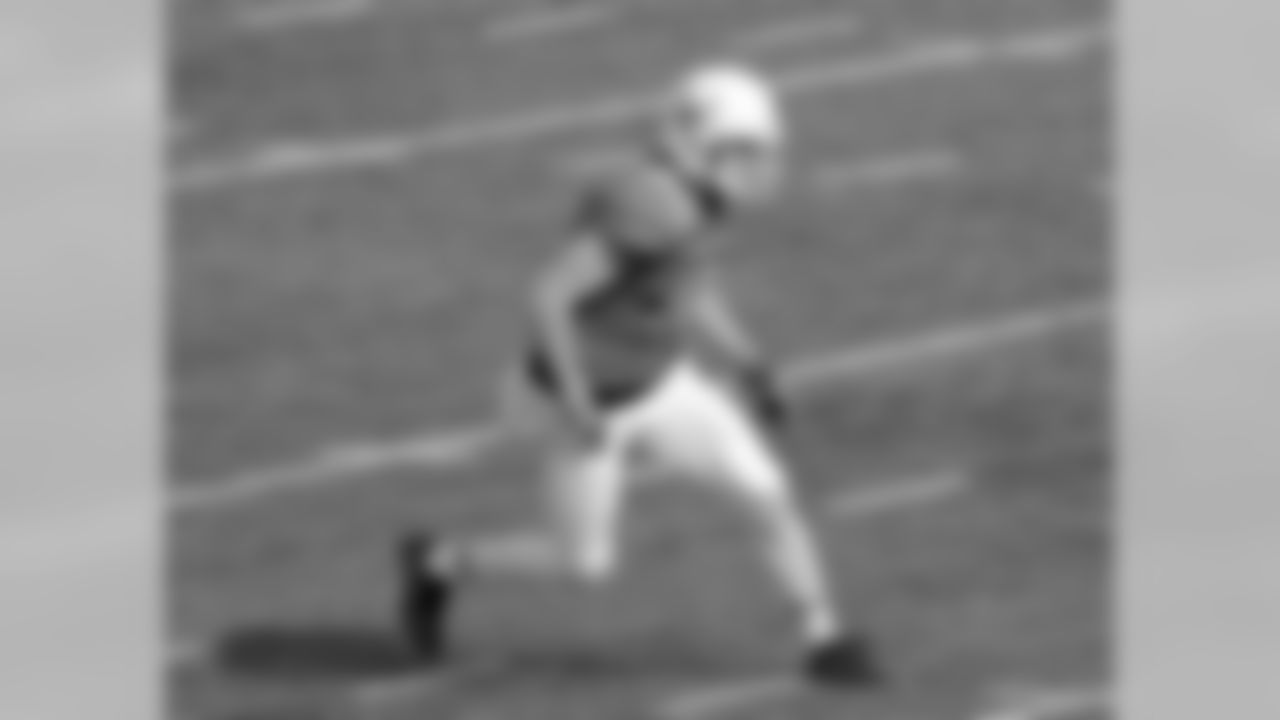
The best wide receiver at the Senior Bowl is Eastern Washington's Cooper Kupp, who runs precise routes. Kupp is proficient at using a bob of his shoulder to generate separation and leave cornerbacks flat-footed.
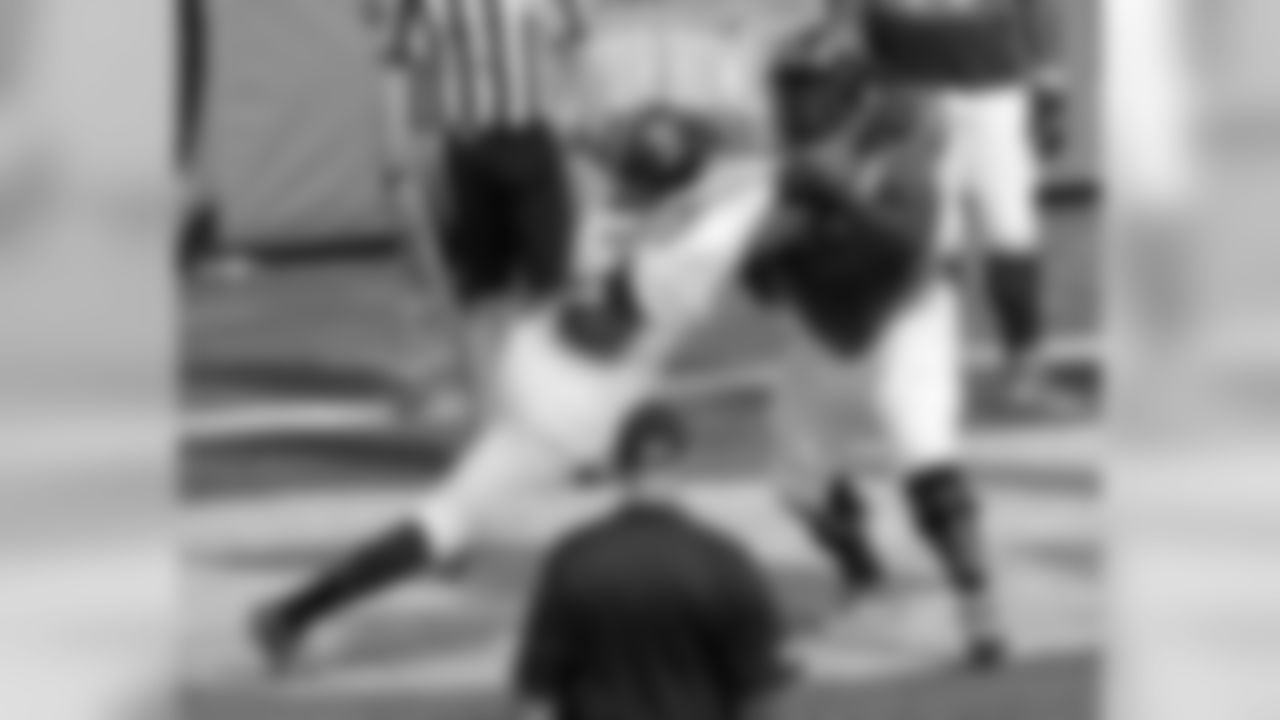
Of all the offensive linemen on hand this week, Western Michigan offensive tackle Taylor Moton has the best chance of moving into the first round alongside potential Round 1 picks Cam Robinson (Alabama), Ryan Ramczyk (Wisconsin) and Garett Bolles (Utah). At 330 pounds, Moton has a strong upper body and uses it well, planting his legs like tree trunks and effectively taking the bull rush out of play. His feet are also quick enough to allow him to counter inside and outside moves. Some analysts project him as a guard, but he looks like he should be able to handle right tackle well.
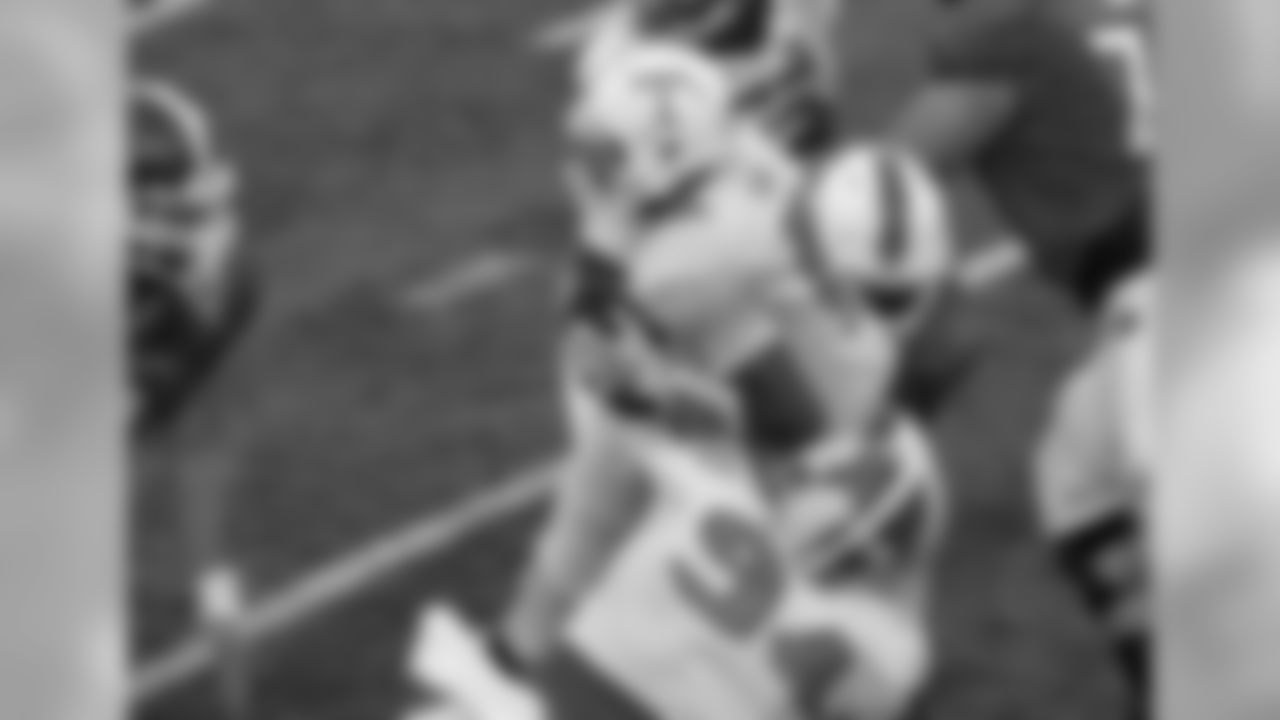
Tennessee quarterback Josh Dobbs has made some good decisions, but also needs to be more decisive and adjust to the narrow windows at the next level. In the pocket, Dobbs must avoid drifting forward unnecessarily. Late in Wednesday's practice, he stepped up and into Clemson defensive tackle Carlos Watkins, resulting in a sack.
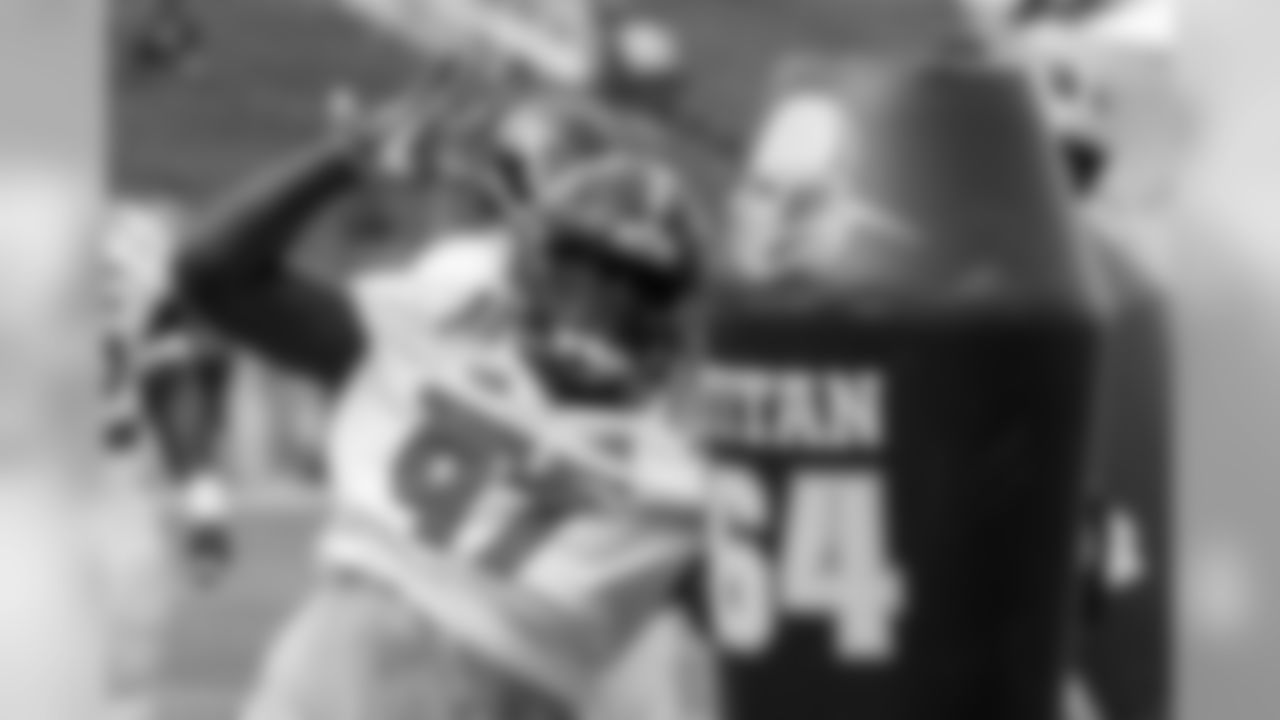
At 310 pounds, Iowa's Jaleel Johnson could see some action as a 3-technique in a 3-4 alignment. The North team had some three-lineman looks during Tuesday's work, and he used a bull rush on Temple's Dion Dawkins to collapse the pocket and get to Iowa QB C.J. Beathard as he threw into the right flat.
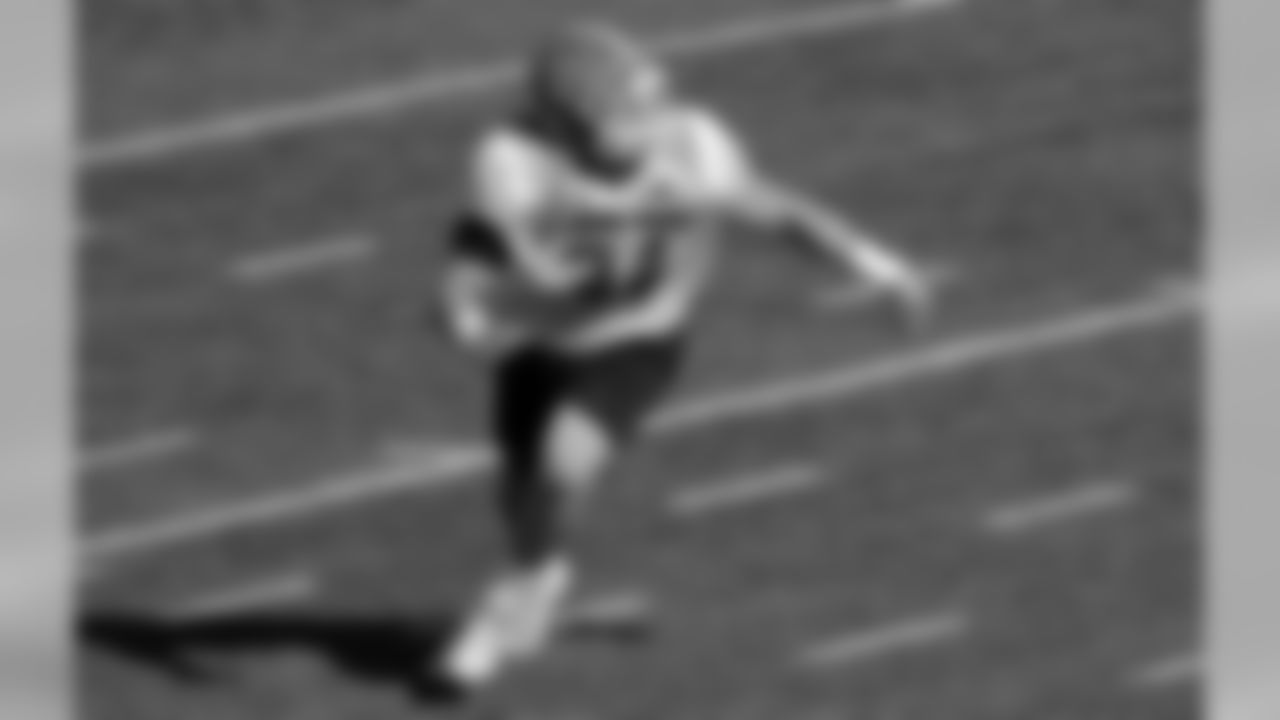
Florida inside linebacker Alex Anzalone has some work to do in coverage, but against the run, he's been the best linebacker in the two days of practice so far, reading plays as they develop, filling holes and avoiding missed tackles.
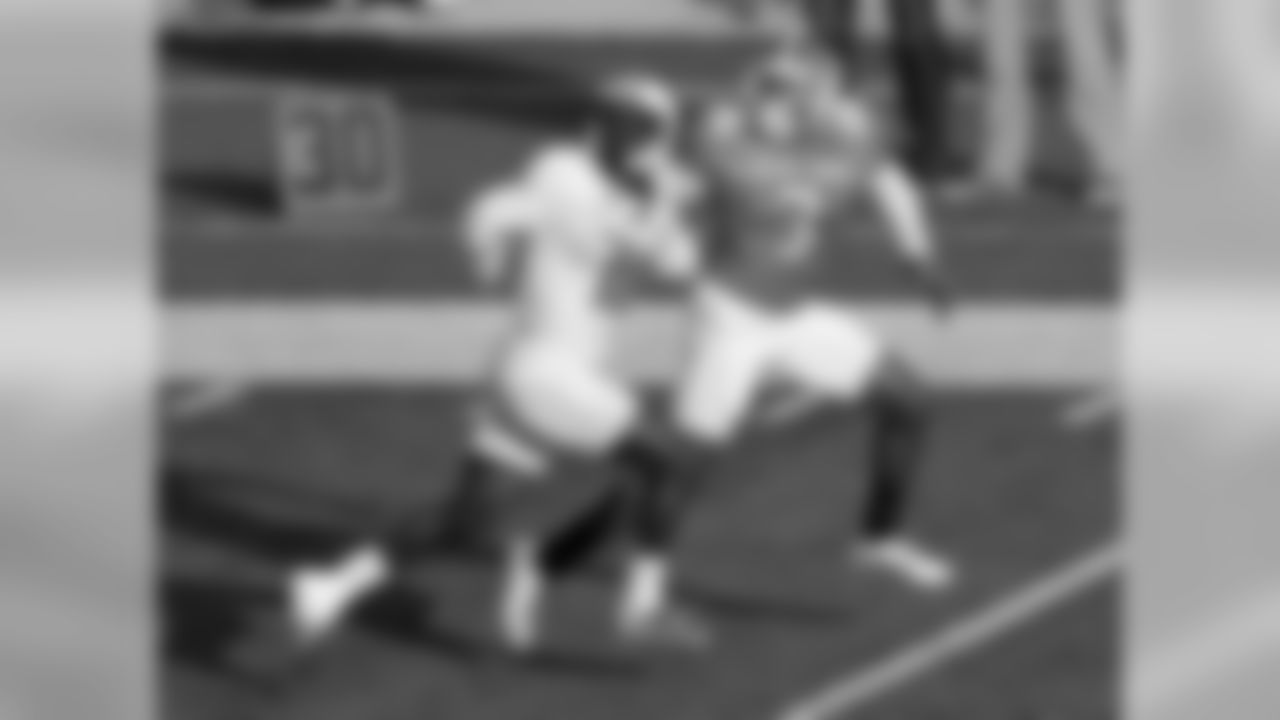
LSU cornerback Tre'Davious White injured his ankle Wednesday and will not play in Saturday's game, but he did enough to cement his status as the best cornerback in this week's work, and could find himself in the first round.
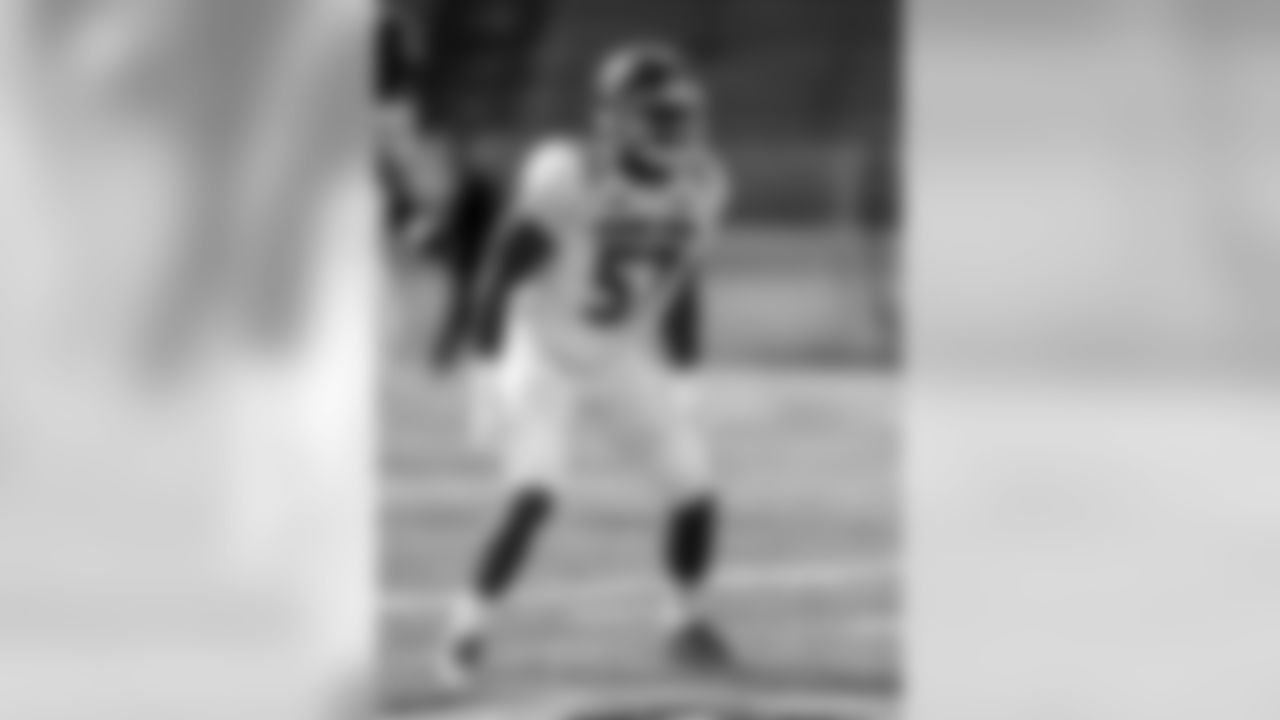
Temple's Haason Reddick made a nearly-flawless transition from defensive line to the second line of defense. What impressed me was how solid he was in coverage; as the three days progressed, he became less susceptible to step-fakes from opposing tight ends, and prevented them from getting separation when they tried to cut to the outside.
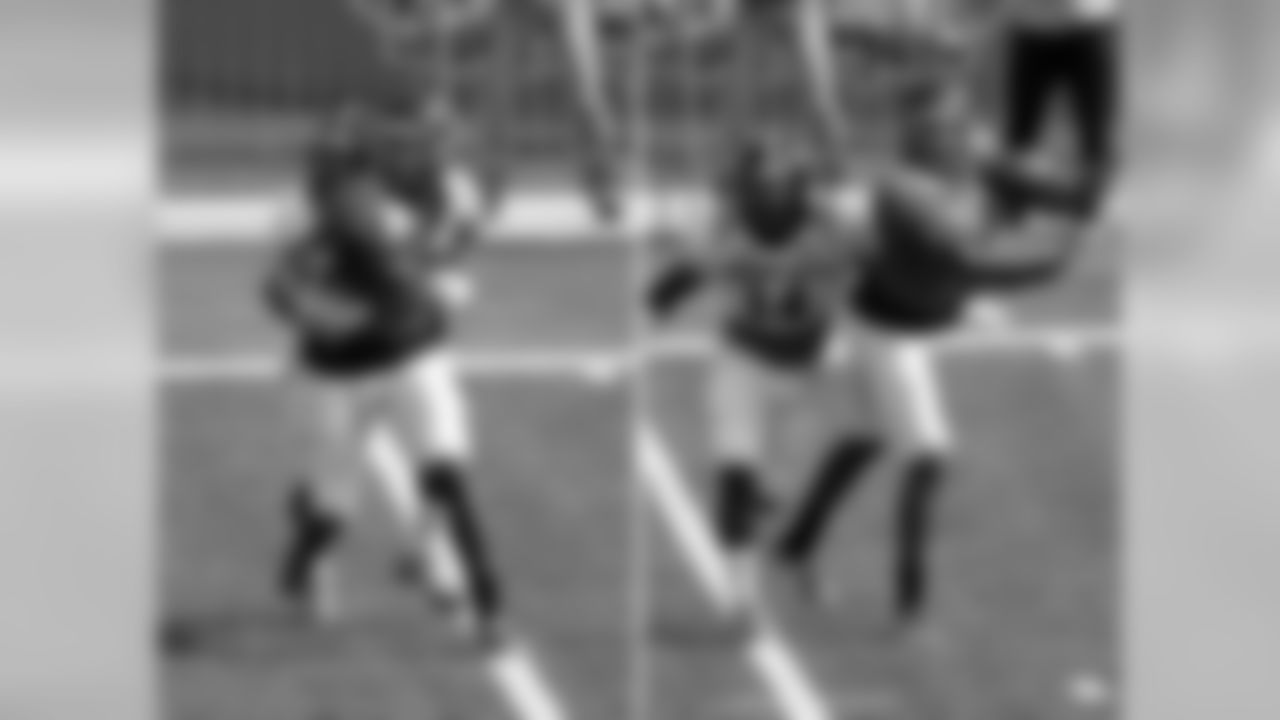
East Carolina WR Zay Jones, the NCAA's all-time receptions leader with 3999, also had a strong week -- and showed his strength here, fighting through contact from Iowa's Desmond King to make the catch with little difficulty. Jones displayed a knack for making catches like this through heavy obstruction throughout the week, and doesn't need separation to make plays.

How do you get this wide open in a red-zone one-on-one period? Run a perfect route. Eastern Washington's Cooper Kupp cut inside and froze West Virginia's Rasul Douglas, then cut back toward the sideline and upfield, leading to an easy touchdown.

Working at right tackle Thursday, Bucknell's Julien Davenport encountered difficulty containing Illinois' Dawuane Smoot, who worked past him to pressure Pitt QB Nate Peterman. Davenport tried to guide Smoot outside and behind Peterman, but didn't have good balance and fell, allowing Smoot a chance for what would have been a sack or a hit in game conditions. Davenport has moments where he uses his size and athleticism to his advantage, but remains a work I'm progress.













